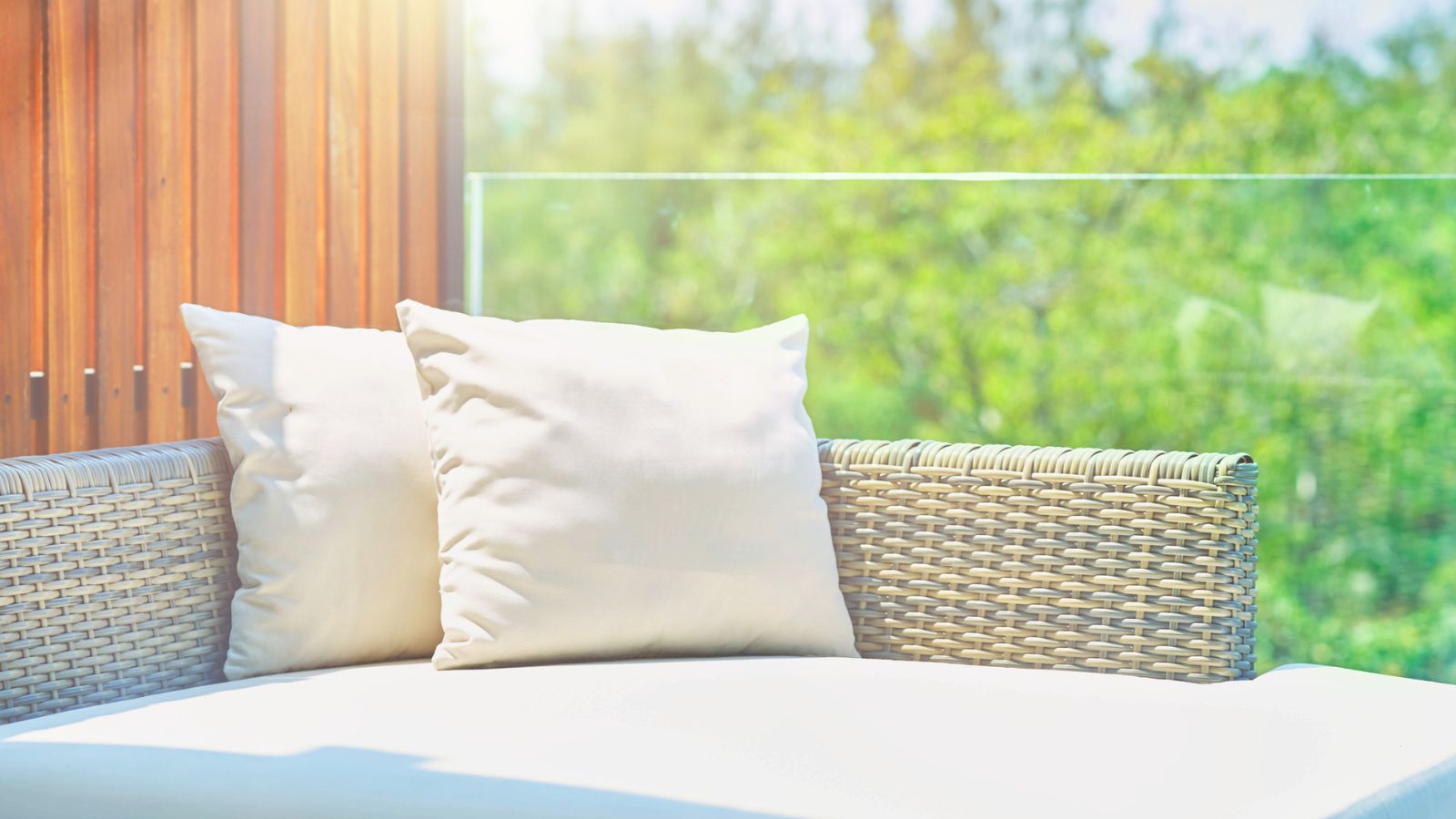

Articles
How To Get Mildew Off Outdoor Pillows
Modified: January 6, 2024
Learn how to remove mildew from your outdoor pillows with our helpful articles. Say goodbye to unsightly stains and odors!
(Many of the links in this article redirect to a specific reviewed product. Your purchase of these products through affiliate links helps to generate commission for Storables.com, at no extra cost. Learn more)
Introduction
Outdoor pillows can be a stylish and comfortable addition to your outdoor living space. However, over time, they can become a breeding ground for mildew. Mildew not only looks unsightly but can also cause an unpleasant odor and potentially trigger allergies. If you’re dealing with mildew on your outdoor pillows, don’t worry – there are effective methods to safely remove it and prevent its recurrence.
In this article, we will guide you through the process of getting mildew off outdoor pillows. We’ll explore various methods and share valuable tips for preventing mildew growth as well. By following these steps, you’ll be able to revitalize your outdoor pillows and keep them fresh and clean for years to come.
Key Takeaways:
- Safely and effectively remove mildew from outdoor pillows using natural solutions like vinegar and baking soda, or commercial mildew removers. Thoroughly rinse and dry pillows to prevent future growth and maintain a fresh outdoor space.
- Prevent mildew on outdoor pillows by storing them properly, maintaining regular cleaning routines, ensuring adequate airflow, quick drying, using UV-resistant fabrics, and conducting regular inspections. These simple strategies can prolong the life of your outdoor pillows and keep them mildew-free.
Read more: How To Clean Mildew Off Outdoor Rug
Understanding Mildew
Mildew is a type of fungus that thrives in moist and warm environments. It appears as a black, gray, or white powdery substance and has a distinct musty smell. When it comes to outdoor pillows, mildew often develops due to factors such as excess moisture, lack of airflow, and exposure to damp conditions.
Mildew growth typically occurs when outdoor pillows are left outside during rain showers or humid weather. The moisture gets trapped within the fabric, creating an ideal environment for mildew to flourish. It can also be a result of spills or stains on the pillows that haven’t been properly cleaned or dried.
Not only is mildew unsightly, but it can also pose health risks. Breathing in mildew spores can trigger allergies and respiratory issues, especially for individuals with pre-existing respiratory conditions or weakened immune systems. Therefore, it’s crucial to address mildew growth promptly and effectively.
Before proceeding with the methods to remove mildew from outdoor pillows, it’s important to note that different materials may require specific cleaning approaches. Always check the care labels on your pillows for any manufacturer’s recommendations or limitations. If in doubt, it’s best to test any cleaning solution on a small, inconspicuous area of the pillow first.
Removing Mildew from Outdoor Pillows
When it comes to removing mildew from outdoor pillows, there are several effective methods you can try. Here are four commonly used techniques:
Method 1: Vinegar Solution
Vinegar is a natural and effective solution for removing mildew. Mix equal parts of white vinegar and water in a spray bottle. Spray the solution onto the affected areas of the pillow and let it sit for about 15-20 minutes. Use a soft-bristle brush or sponge to gently scrub the mildewed spots. Rinse the pillow thoroughly with water and let it air dry in direct sunlight, as sunlight helps kill any remaining spores.
Method 2: Bleach Solution
If your outdoor pillows are made of a material that can withstand bleach, a diluted bleach solution can be an effective remedy for mildew. Prepare a mixture of 1 part bleach to 3 parts water. Apply the solution to the mildew stains on the pillow and let it sit for 10-15 minutes. Use a brush or sponge to scrub the area, then rinse the pillow thoroughly with water and allow it to air dry.
Read more: How To Get Mildew Off Patio Cushions
Method 3: Baking Soda Paste
Baking soda is a natural cleaning agent and deodorizer that can help remove mildew from outdoor pillows. Create a paste by mixing equal parts baking soda and water. Apply the paste directly onto the mildew stains and gently scrub with a brush. Allow the paste to sit on the pillow for about 30 minutes, then rinse it off with water and let it air dry.
Method 4: Commercial Mildew Remover
If you prefer using a commercial product, there are various mildew removers available on the market specifically designed for outdoor fabrics. Follow the instructions provided by the manufacturer on how to apply the product and remove mildew. Always test the product on a small area of the pillow first to ensure it doesn’t cause any discoloration or damage.
Regardless of the method you choose, it’s important to thoroughly rinse the pillows after cleaning to remove any residue. Additionally, ensure that the pillows are completely dry before placing them back outside to prevent new mildew growth.
Method 1: Vinegar Solution
Vinegar is a natural and effective solution for removing mildew from outdoor pillows. Follow these steps to use a vinegar solution:
- Gather the supplies: You will need white vinegar, water, a spray bottle, a soft-bristle brush or sponge, and water for rinsing.
- Mix the solution: In a spray bottle, combine equal parts white vinegar and water. Shake the bottle well to ensure the solution is thoroughly mixed.
- Spray the affected areas: Spray the vinegar solution onto the mildew stains on the outdoor pillow. Make sure to cover the affected areas completely.
- Let it sit: Allow the vinegar solution to sit on the pillow for about 15-20 minutes. This will give the vinegar time to break down the mildew and eliminate any odor.
- Scrub gently: After the solution has soaked, use a soft-bristle brush or sponge to gently scrub the mildewed spots. Be careful not to scrub too hard, as this could damage the fabric.
- Rinse thoroughly: Rinse the entire pillow with clean water. Ensure that all traces of the vinegar solution and mildew are removed.
- Let it dry in the sun: Place the outdoor pillow in direct sunlight to air dry. Sunlight helps kill any remaining mildew spores. Make sure the pillow is completely dry before using it again.
Remember to read the care labels on your outdoor pillows before using the vinegar solution. Some materials may be more sensitive to vinegar and require alternative cleaning methods.
Using a vinegar solution is an eco-friendly and cost-effective way to remove mildew from outdoor pillows. The acidic properties of vinegar help kill the mildew and prevent its growth. Plus, the vinegar will also help eliminate any lingering odors, leaving your pillows fresh and clean.
Method 2: Bleach Solution
A diluted bleach solution can be an effective remedy for removing mildew from outdoor pillows, provided the fabric can withstand bleach. Follow these steps to use a bleach solution:
- Gather the supplies: You will need bleach, water, a bucket, a soft-bristle brush or sponge, and water for rinsing.
- Dilute the bleach: In a bucket, mix 1 part bleach with 3 parts water. Stir the mixture well to ensure it is thoroughly diluted.
- Apply the solution: Dip a soft-bristle brush or sponge into the bleach solution, then apply it directly to the mildew stains on the outdoor pillow. Make sure to cover the affected areas completely.
- Let it sit: Allow the bleach solution to sit on the pillow for 10-15 minutes. This will give the bleach time to eliminate the mildew stains.
- Scrub gently: After the solution has soaked, use the soft-bristle brush or sponge to gently scrub the mildewed spots. Be careful not to scrub too hard, as this could damage the fabric.
- Rinse thoroughly: Thoroughly rinse the entire pillow with clean water. Ensure that all traces of the bleach solution and mildew are removed.
- Let it air dry: Place the outdoor pillow in a well-ventilated area to air dry. It’s best to avoid direct sunlight, as bleach can cause fabrics to fade.
It’s important to note that not all outdoor pillow materials can withstand bleach. Before using a bleach solution, check the care labels on your pillows for any recommendations or limitations. If your pillows are made of a delicate or colored fabric, it’s best to opt for an alternative method to avoid any potential damage.
Bleach is effective in killing mildew and removing stubborn stains, but it should be used with caution. Always wear protective gloves when handling bleach and ensure proper ventilation in the area where you’re working.
By following these steps, your outdoor pillows can be revitalized, free from mildew, and ready to enhance your outdoor living space once again.
Method 3: Baking Soda Paste
Baking soda is a natural cleaning agent and deodorizer that can effectively remove mildew from outdoor pillows. Here’s how to use a baking soda paste:
- Gather the supplies: You will need baking soda, water, a bowl, a soft-bristle brush, and water for rinsing.
- Create the paste: In a bowl, mix equal parts baking soda and water to create a thick paste. Stir well until the ingredients are thoroughly combined.
- Apply the paste: Using a spoon or your fingers, apply the baking soda paste directly onto the mildew stains on the outdoor pillow. Make sure to cover the affected areas completely with a generous layer of the paste.
- Let it sit: Allow the baking soda paste to sit on the pillow for approximately 30 minutes. This will give the baking soda enough time to penetrate the mildew and absorb any odors.
- Scrub gently: After the paste has had time to work, use a soft-bristle brush to gently scrub the mildewed spots. The gentle scrubbing will help loosen and remove the mildew stains.
- Rinse thoroughly: Thoroughly rinse the entire pillow with clean water to remove any remaining baking soda residue and mildew.
- Air dry the pillow: Place the outdoor pillow in a well-ventilated area to air dry. Ensure that it is completely dry before using it again.
Baking soda is a non-toxic and environmentally friendly solution for removing mildew. It has natural absorption properties that help eliminate moisture and odors. The abrasive texture of baking soda also aids in scrubbing away mildew stains.
Keep in mind that certain outdoor pillow materials may be more delicate, and the baking soda paste could potentially cause discoloration or damage. Before applying the paste, check the care labels on your pillows or test a small, inconspicuous area first to ensure compatibility.
By following these steps, you can effectively remove mildew stains and odors from your outdoor pillows using a simple and natural baking soda paste.
Method 4: Commercial Mildew Remover
If you prefer using a commercial product, there are various mildew removers available on the market specifically designed for outdoor fabrics. Here’s how to use a commercial mildew remover to eliminate mildew from outdoor pillows:
- Select a suitable product: Look for a mildew remover that is safe to use on outdoor fabrics. Read the product label and ensure it is specifically formulated for removing mildew.
- Read and follow the instructions: Carefully read and adhere to the instructions provided by the manufacturer. Follow any safety precautions and usage guidelines to ensure effective and safe results.
- Prepare the pillow: Before applying the mildew remover, ensure the outdoor pillow is dry and free from any loose debris. This will help the product to effectively penetrate the fabric.
- Apply the mildew remover: Following the instructions on the product, apply the mildew remover directly onto the affected areas of the pillow. Use a brush or sponge to work the product into the fabric, focusing on the mildew stains.
- Let it sit: Allow the mildew remover to sit on the pillow for the specified amount of time, as indicated on the product label. This will allow the cleaner to penetrate the mildew and break it down.
- Rinse thoroughly: After the recommended time has passed, thoroughly rinse the entire pillow with clean water. Ensure that all traces of the mildew remover and mildew stains are removed.
- Air dry the pillow: Place the outdoor pillow in a well-ventilated area to air dry. Ensure that it is completely dry before using it again.
Commercial mildew removers are specifically formulated to target mildew and can provide effective results. They often contain ingredients that not only kill the mildew but also help prevent its future growth on outdoor fabrics.
It’s essential to follow the instructions provided by the manufacturer, as each product may have specific application and rinsing requirements. Additionally, always test the mildew remover on a small, inconspicuous area of the pillow first to ensure compatibility and to avoid any potential damage or discoloration.
By using a commercial mildew remover, you can effectively address mildew issues on your outdoor pillows, ensuring they are clean, fresh, and ready to be enjoyed to the fullest.
Preventing Mildew Growth on Outdoor Pillows
Prevention is key when it comes to keeping outdoor pillows free from mildew. By implementing a few simple strategies, you can reduce the chances of mildew growth and prolong the lifespan of your outdoor pillows. Here are some tips to prevent mildew:
1. Proper storage:
During periods of prolonged rain or when the outdoor space is not in use, it’s important to store your outdoor pillows in a dry and well-ventilated area. Consider using waterproof storage containers or bags to protect the pillows from moisture.
Read more: How To Clean Mildew Off A Patio Umbrella
2. Regular cleaning:
Maintain a regular cleaning routine for your outdoor pillows. Remove any debris, stains, or spills promptly and follow the manufacturer’s care instructions for cleaning. Regular cleaning prevents the buildup of dirt and organic matter that can contribute to mildew growth.
3. Adequate airflow:
Ensure that your outdoor pillows have proper airflow. Avoid placing them in areas with limited ventilation or where they may be exposed to constant moisture. If necessary, periodically flip and move the pillows to allow air circulation and prevent moisture buildup.
4. Quick drying:
If your outdoor pillows get wet, take immediate steps to dry them. Remove any excess moisture and allow them to air dry thoroughly before storing or using them again. Avoid folding or stacking the pillows while they are still damp, as this can trap moisture and promote mildew growth.
5. UV protection:
Consider using outdoor pillows that are made with UV-resistant fabrics. These fabrics are designed to withstand prolonged exposure to sunlight without fading or degrading. UV protection helps prevent moisture retention and inhibits the growth of mildew.
Read more: How To Clean Mildew Off A Shower Curtain
6. Regular inspections:
Frequently inspect your outdoor pillows for any signs of mildew or damage. By catching mildew growth early on, you can take immediate action to address it before it spreads further. Promptly clean and treat any affected areas to prevent mildew from spreading to other parts of the pillows.
By incorporating these preventive measures into your outdoor pillow care routine, you can significantly reduce the risk of mildew growth and ensure that your pillows remain clean and fresh throughout the seasons.
Conclusion
Mildew on outdoor pillows can be a common problem due to the outdoor environment and exposure to moisture. However, with the right knowledge and techniques, you can effectively remove mildew and keep your outdoor pillows clean and fresh for longer. Whether you choose to use a vinegar solution, bleach solution, baking soda paste, or a commercial mildew remover, each method has its own benefits and considerations.
Remember to always check the care labels on your outdoor pillows and test any cleaning solution or product on a small, inconspicuous area first. This will ensure compatibility and prevent any potential damage to the fabric.
In addition to the methods of removing mildew, it’s important to implement preventive measures to minimize the chances of mildew growth in the first place. Proper storage, regular cleaning, adequate airflow, quick drying, UV protection, and regular inspections can all contribute to preventing mildew from taking hold on your outdoor pillows.
By following these tips, you can ensure that your outdoor pillows remain fresh, clean, and free from mildew. Not only will this enhance the visual appeal of your outdoor living space, but it will also help maintain a healthy and comfortable environment for you and your guests.
Remember, prevention is key, but if mildew does occur, act promptly to remove it using the appropriate methods. With a little effort and care, you can enjoy your outdoor pillows for years to come, knowing they are free from mildew and ready to provide you with comfort and relaxation.
Frequently Asked Questions about How To Get Mildew Off Outdoor Pillows
Was this page helpful?
At Storables.com, we guarantee accurate and reliable information. Our content, validated by Expert Board Contributors, is crafted following stringent Editorial Policies. We're committed to providing you with well-researched, expert-backed insights for all your informational needs.
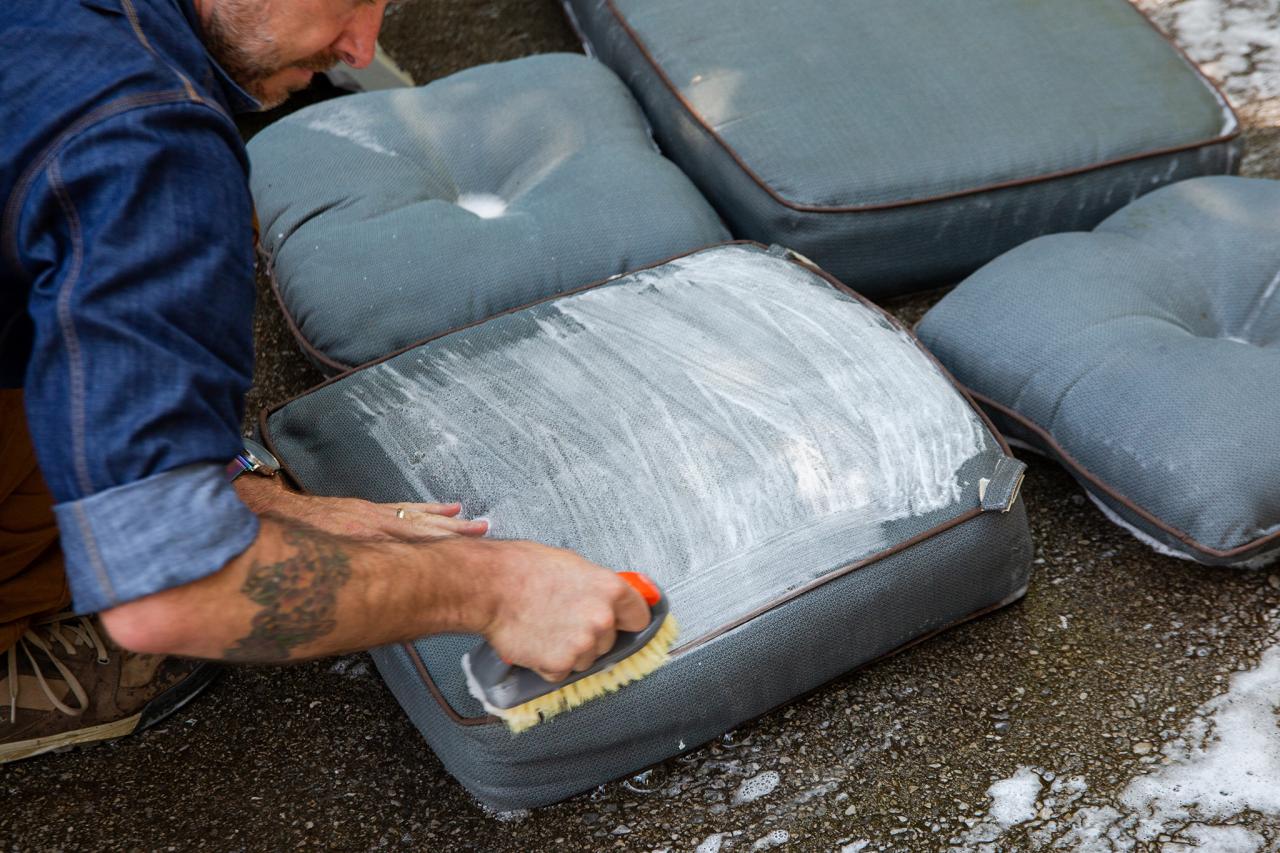
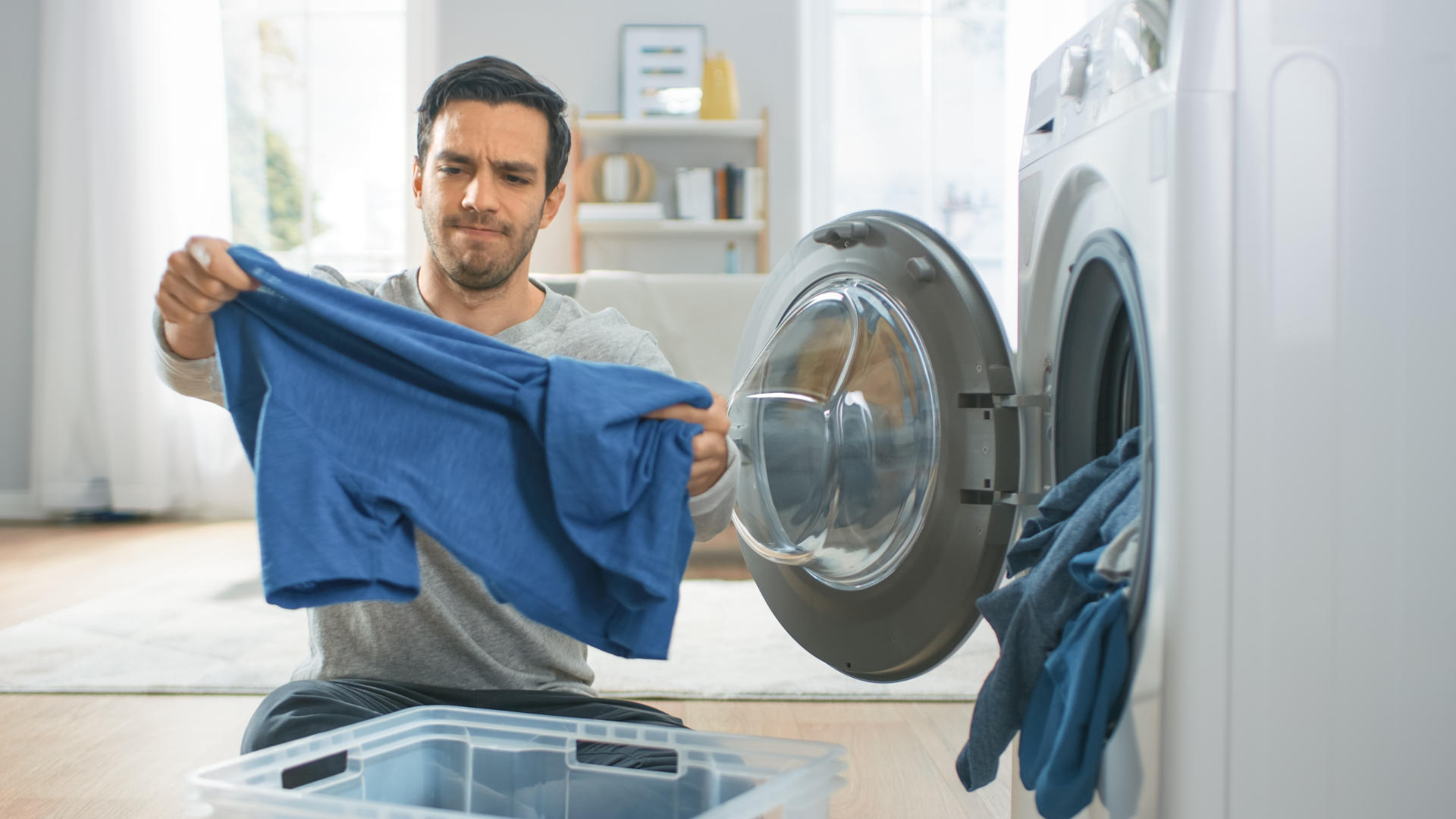
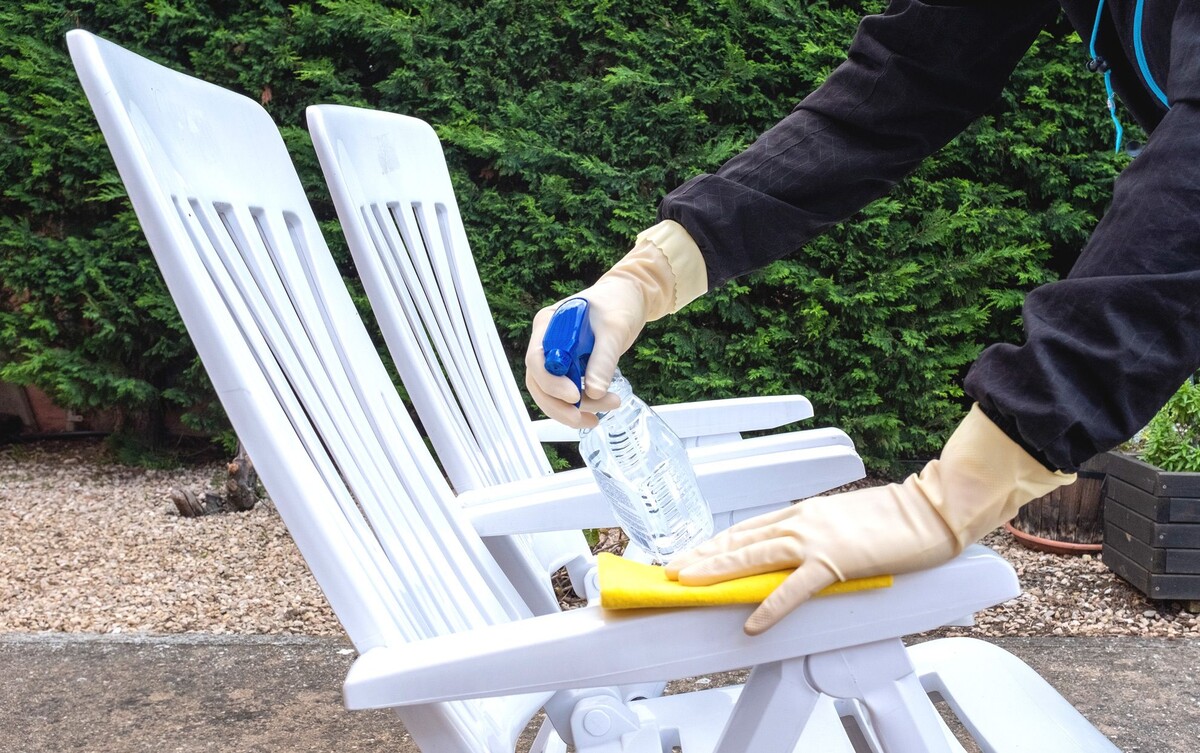
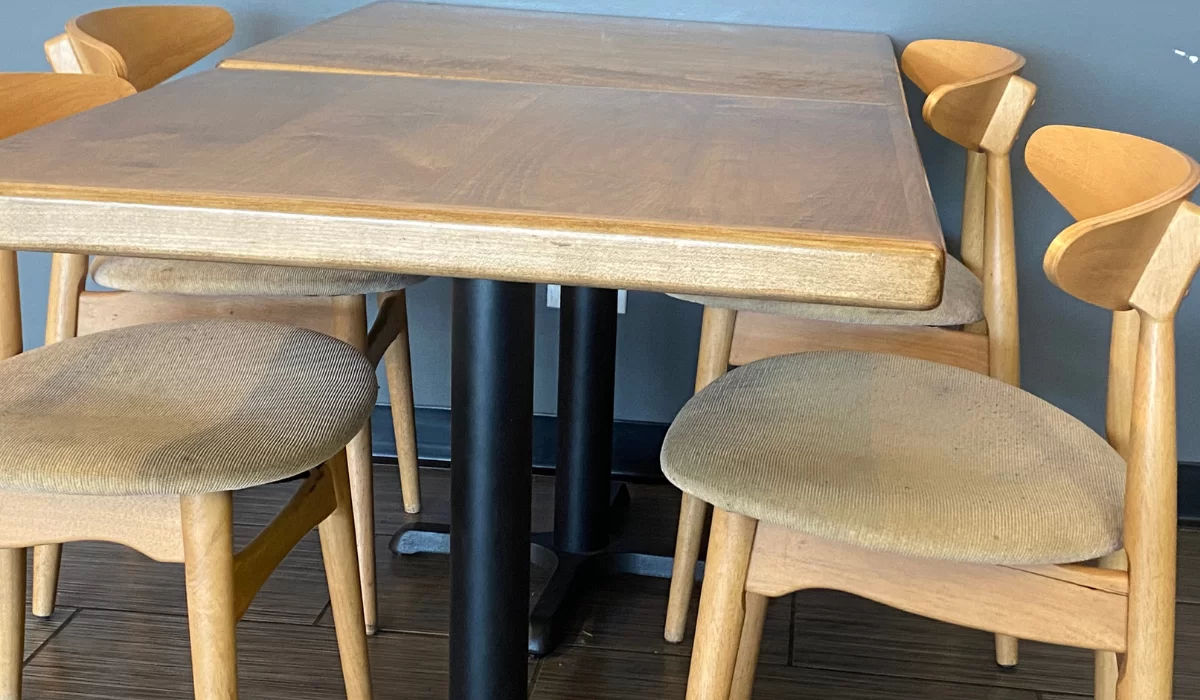
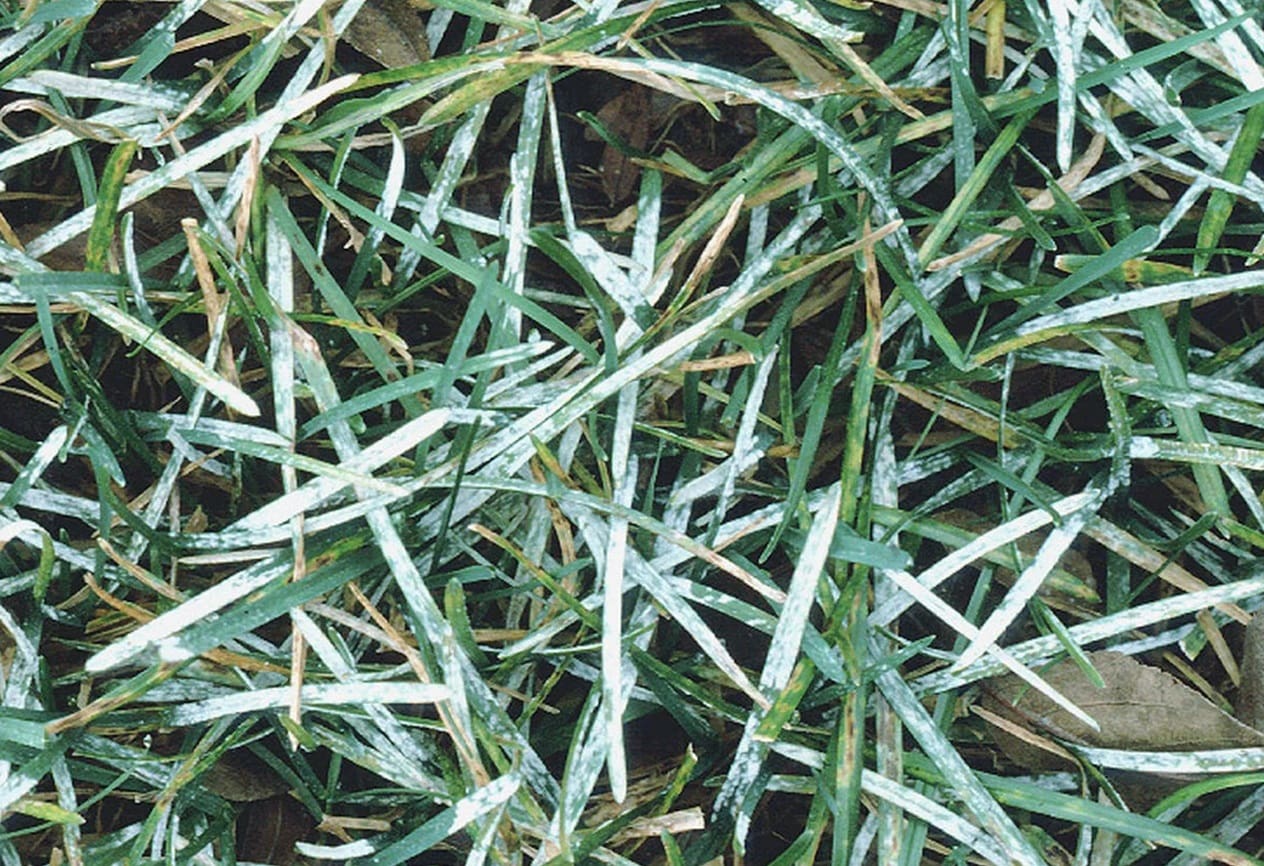
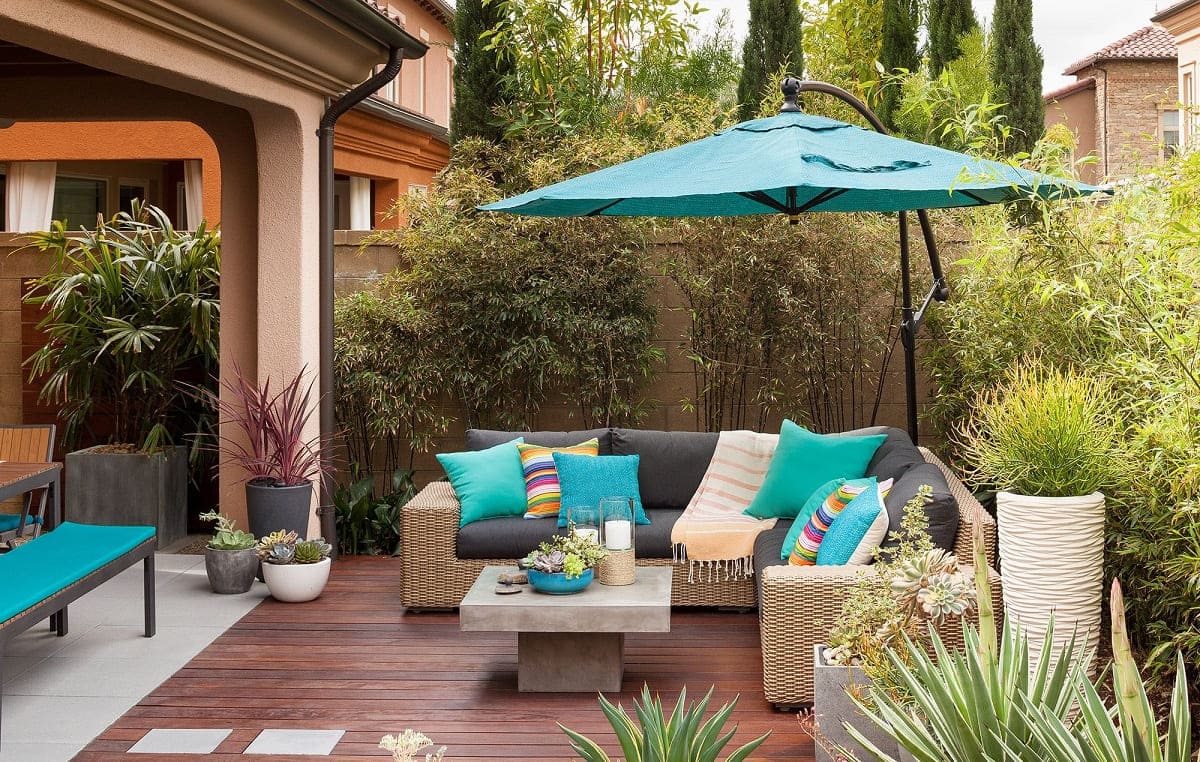
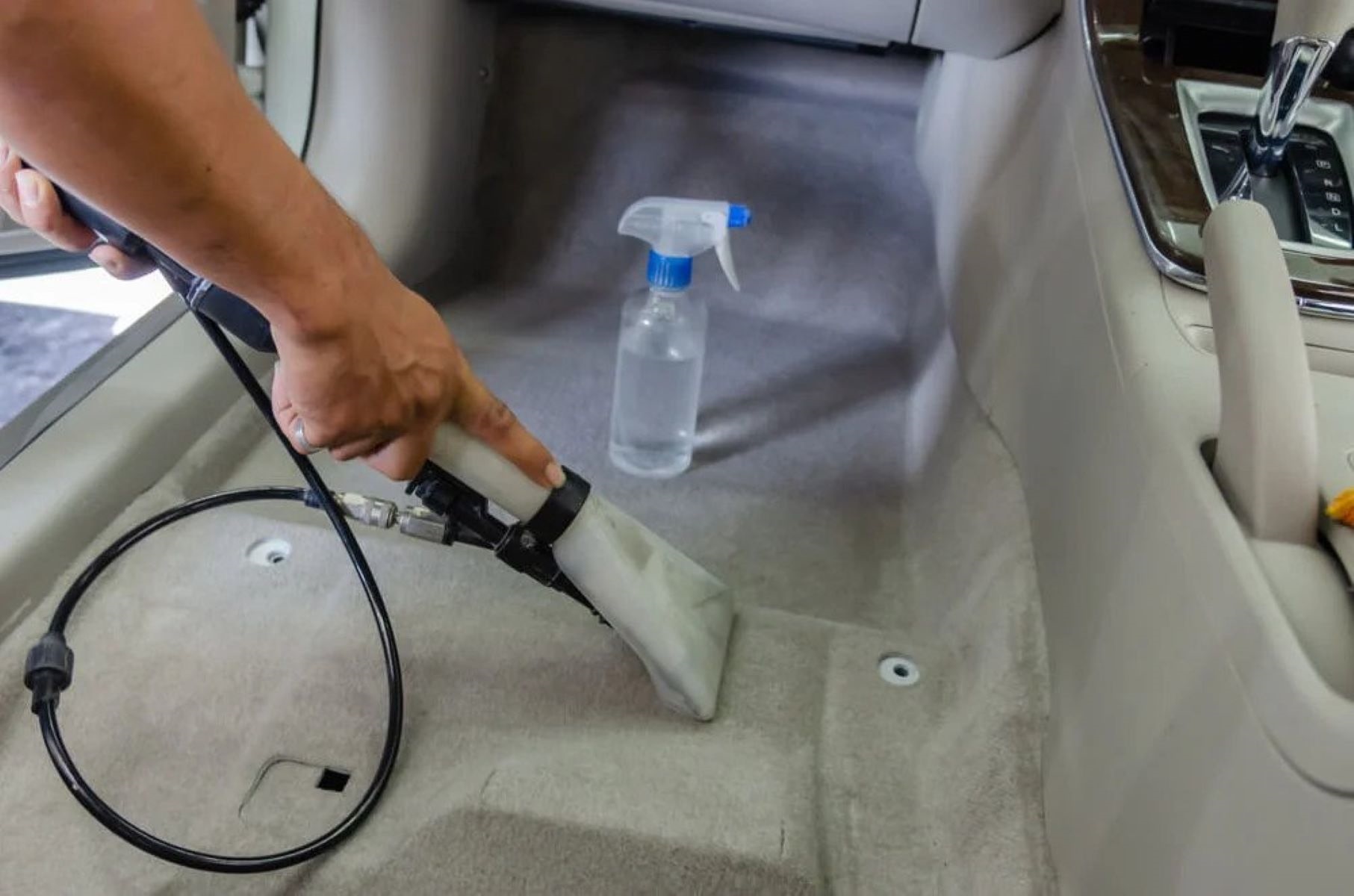
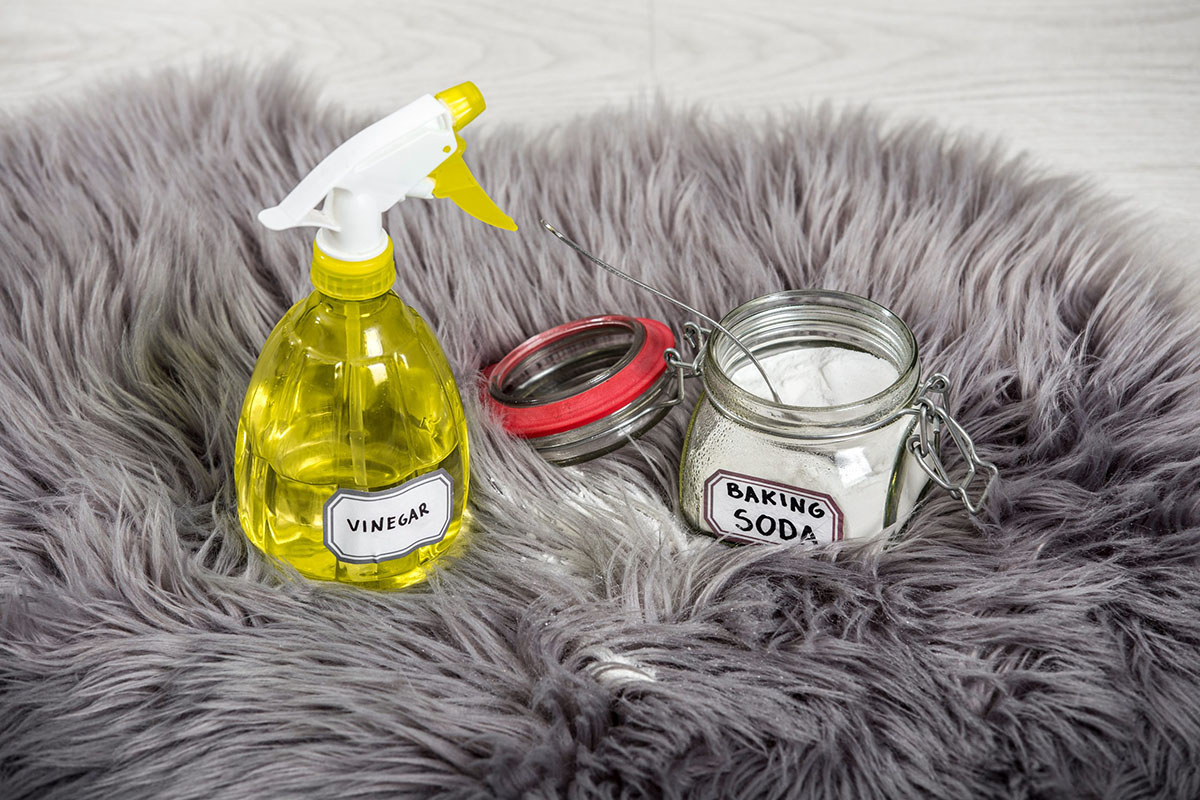
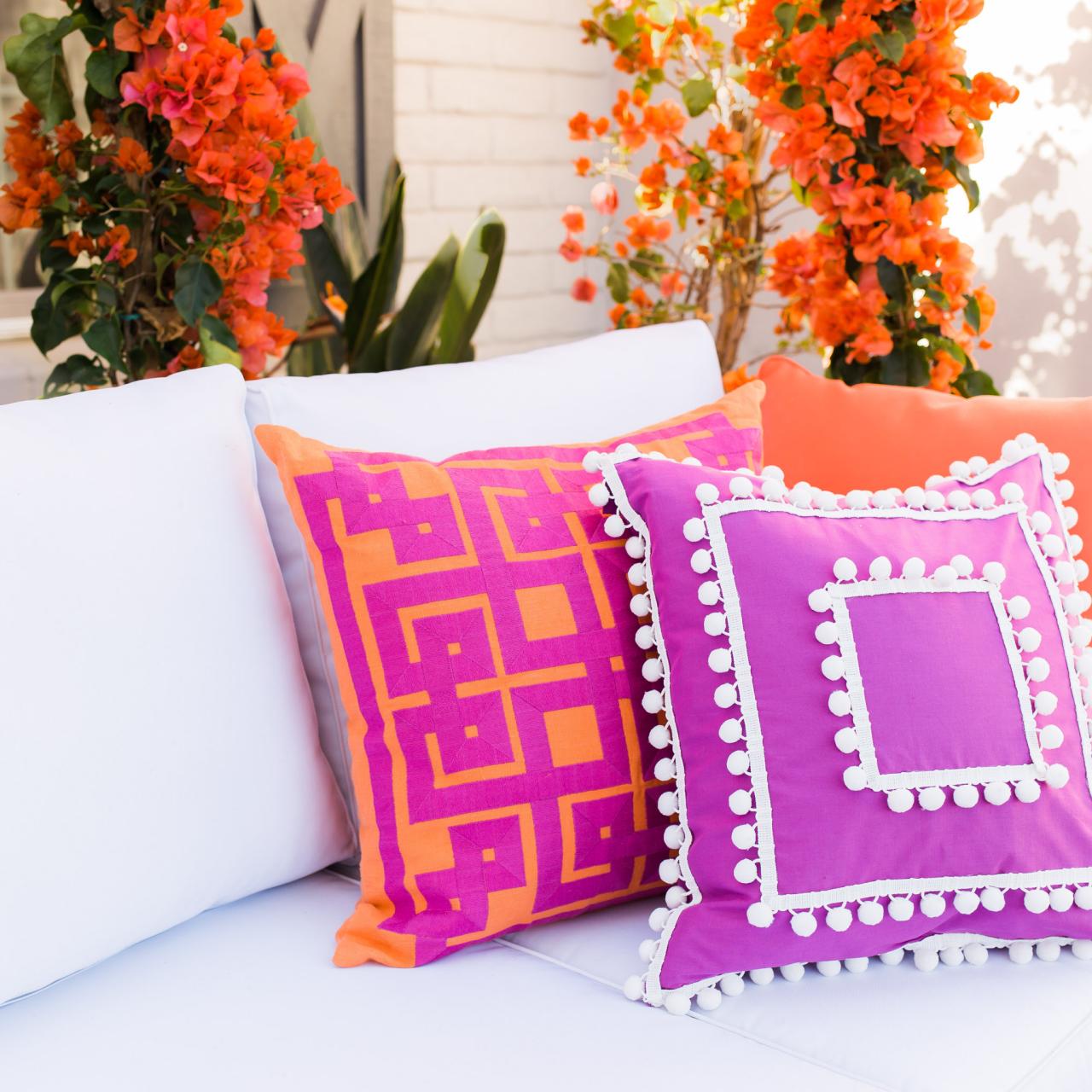
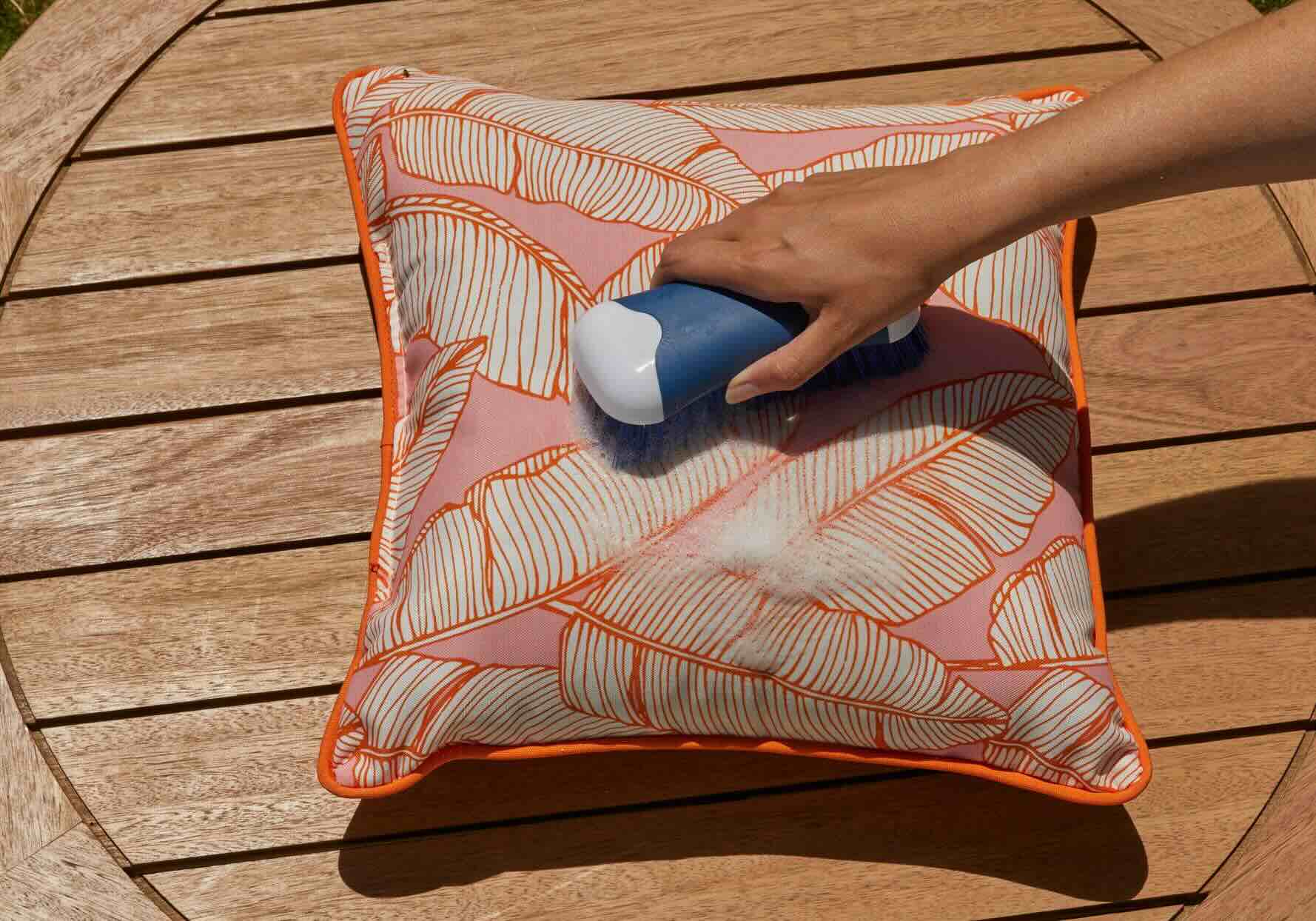
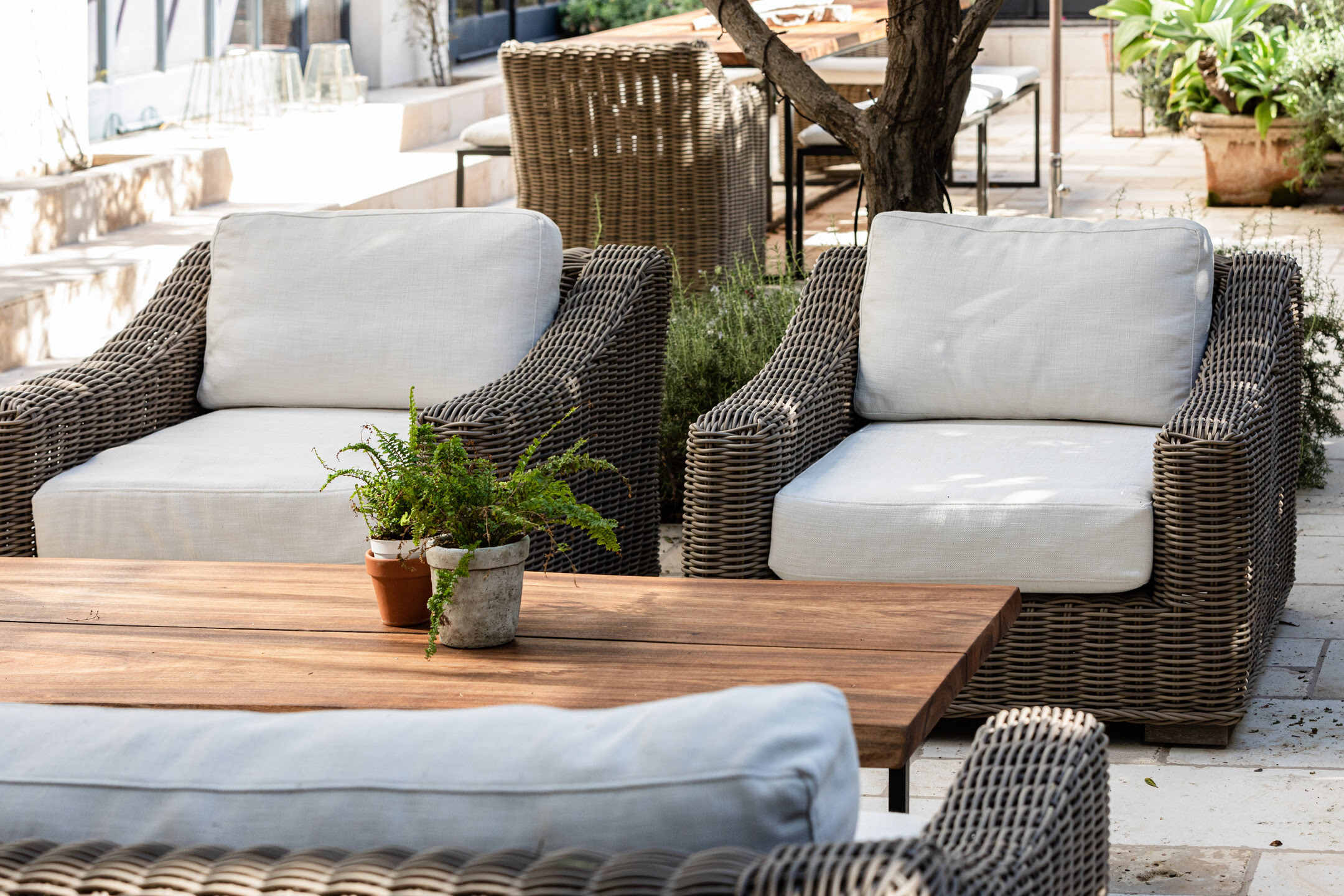

0 thoughts on “How To Get Mildew Off Outdoor Pillows”